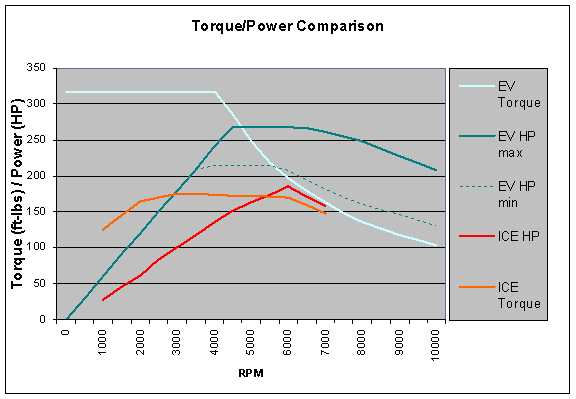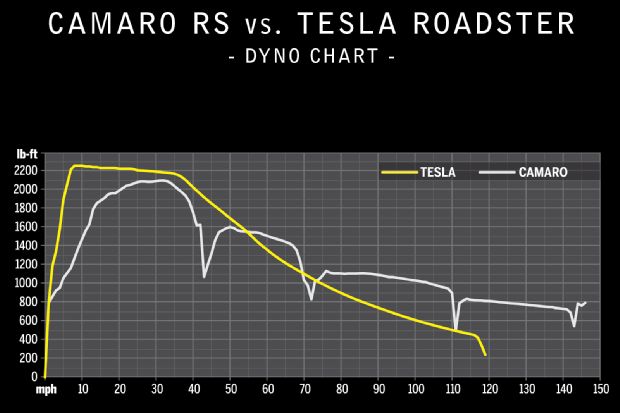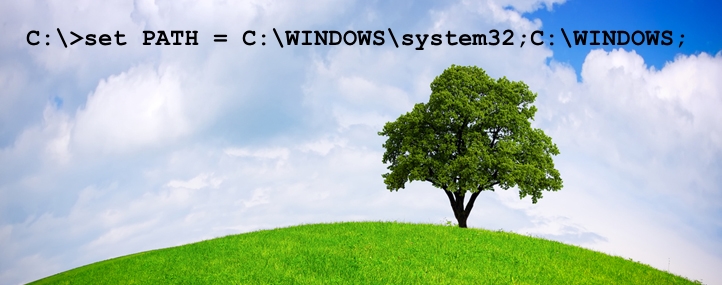John Stewart wrote a piece called Payments Execs Already Foresee the Store Checkout Yielding to ‘Uberesque Approach’ where he identifies a number of situations where the traditional in store checkout process is disappearing.
Technology already exists that allows customers to order ahead and pay, to order while standing in the aisle in front of the merchandise, and to pay for services like car rides without an actual checkout. Now some see these processes ultimately rendering in-store checkouts obsolete.
This is an interesting take on the demise of the checkout counter. I can see this happening in situations where the customer knows what they want and there isn’t any value in standing in line to pay (Starbucks) or the transaction is essentially pre-approved via some other action (Uber).
The take and bake pizza chain Papa Murphy’s has introduced online ordering with a separate counter to pick up pre-paid internet orders. The convenience for me is fantastic, but I wonder if the overall store revenue will go down due to the lost opportunity to upsell at the time of checkout. Obviously you can do this in the mobile app – time will tell which is more effective.
I would really love to see this in my grocery store. Standing in line so the cashier can handle everything I’ve already put in my cart is something I wouldn’t miss.
I really don’t see this in markets where the final price is unknown or the customer is looking for advice/expertise. Automotive repair springs to mind as the technician needs to evaluate the vehicle and discuss with the customer what work they want done and how they will pay for it.
Comments closed


